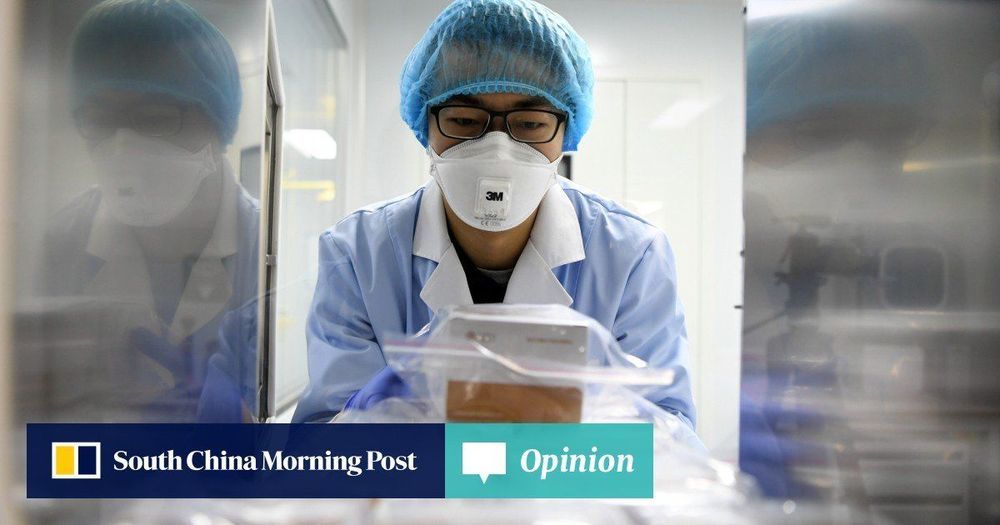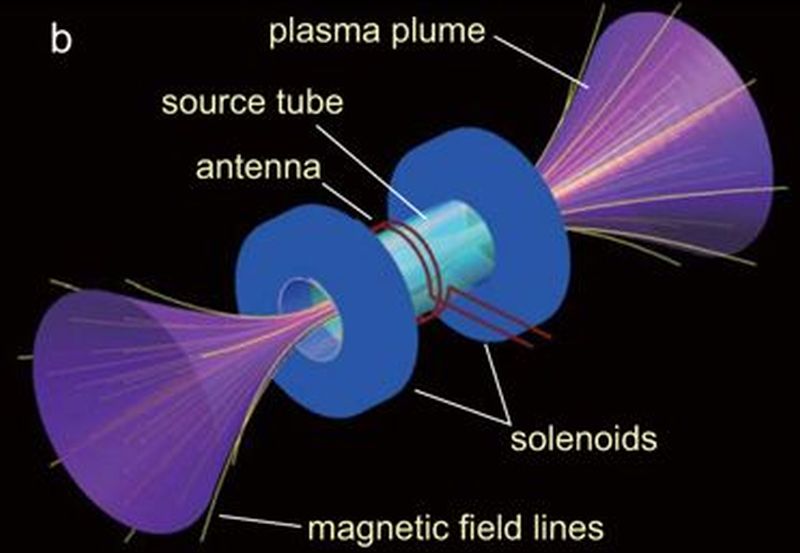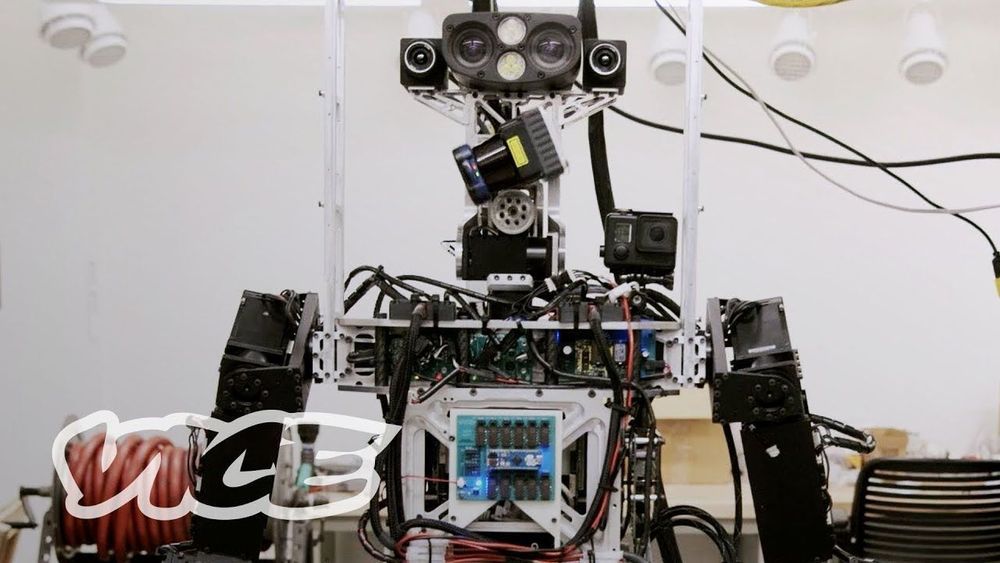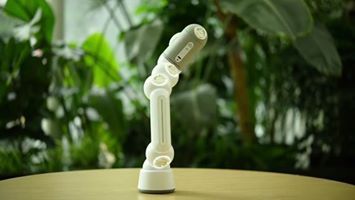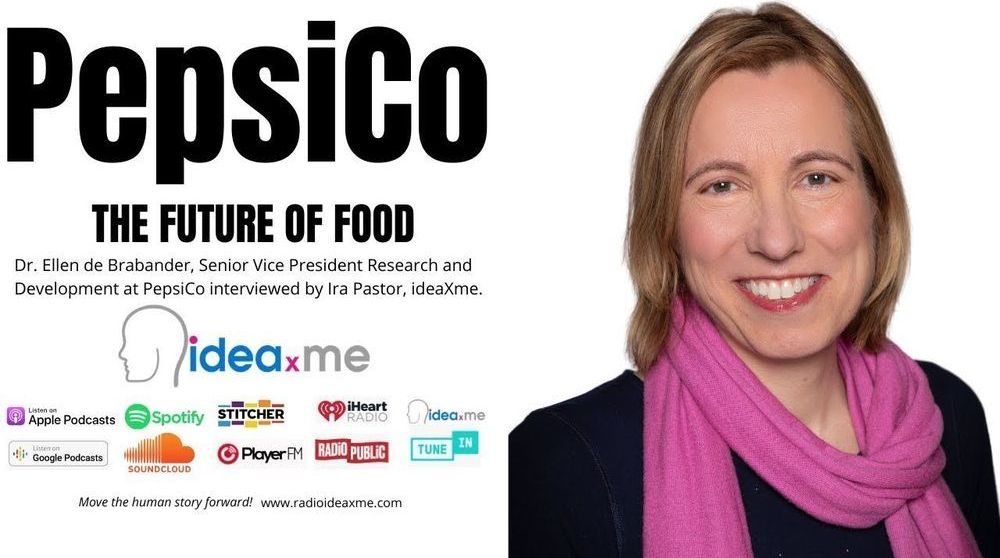Fighting a species-level threat like Covid-19 requires the best brains from disciplines as varied as chemistry, AI, sociology and psychology.
It seems like there’s nothing Elon Musk can’t do.
As CEO of SpaceX and Tesla, founder of The Boring Company, and cofounder of OpenAI and Neuralink, Musk seems to be everywhere all at once, pushing all kinds of futuristic technologies. He’s said he won’t be happy until we’ve escaped Earth and colonized Mars.
Between space rockets, electric cars, solar batteries, and the billions he’s made along the way, Musk is basically a real-life Tony Stark — which is why he served as an inspiration for Marvel’s 2008 “Iron Man” film.
But people’s “digital afterlives” extend far beyond Facebook. When a 21st century citizen dies, they often leave behind a trove of posts, private messages, and personal information on everything from Twitter to online bank records. Who owns this data, and whose responsibility is it to protect the privacy of the deceased? Faheem Hussain, a social scientist at Arizona State University in Tempe, has spent the past few years peering into the murky waters of how people, platforms, and governments manage the digital lives we leave behind.
Hussain gave a presentation on our digital legacies today at the annual meeting of the American Association for the Advancement of Science (AAAS), which publishes Science. We caught up with Hussain to talk about why online platforms should encourage people to plan ahead for their imminent deaths, whether you have a right to privacy after you die, and the strange new culture of digital mourning.
Space junk is a growing problem. For decades we have been sending satellites into orbit around Earth. Some of them de-orbit and burn up in Earth’s atmosphere, or crash into the surface. But most of the stuff we send into orbit is still up there.
This is becoming an acute problem as years go by and we launch more and more hardware into orbit. Since the very first satellite—Sputnik 1—was launched into orbit in 1957, over 8000 satellites have ben placed in orbit. As of 2018, an estimated 4900 are still in orbit. About 3000 of those are not operational. They’re space junk. The risk of collision is growing, and scientists are working on solutions. The problem will compound itself over time, as collisions between objects create more pieces of debris that have to be dealt with.
Drone package deliveries are flying mail, parcels, medicine and parts in many countries. Great information on the delivery drones and projects by Zipline, Wing, Amazon and Postal companies.
VICE gained exclusive access to a small fleet of US Army bomb disposal robots—the same platforms the military has weaponized—and to a pair of DARPA’s six-foot-tall bipedal humanoid robots. We also meet Nobel Peace Prize winner Jody Williams, renowned physicist Max Tegmark, and others who grapple with the specter of artificial intelligence, killer robots, and a technological precedent forged in the atomic age. It’s a story about the evolving relationship between humans and robots, and what AI in machines bodes for the future of war and the human race.
About VICE:
The Definitive Guide To Enlightening Information. From every corner of the planet, our immersive, caustic, ground-breaking and often bizarre stories have changed the way people think about culture, crime, art, parties, fashion, protest, the internet and other subjects that don’t even have names yet. Browse the growing library and discover corners of the world you never knew existed. Welcome to VICE.
Connect with VICE:
Check out our full video catalog: http://bit.ly/VICE-Videos
Videos, daily editorial and more: http://vice.com
More videos from the VICE network: https://www.fb.com/vicevideo
Like VICE on Facebook: http://fb.com/vice
Follow VICE on Twitter: http://twitter.com/vice
Follow us on Instagram: http://instagram.com/vice
The VICE YouTube Network:
VICE: https://www.youtube.com/VICE
MUNCHIES: https://www.youtube.com/MUNCHIES
VICE News: https://www.youtube.com/VICENews
VICELAND: https://www.youtube.com/VICELANDTV
Broadly: https://www.youtube.com/Broadly
Noisey: https://www.youtube.com/Noisey
Motherboard: https://www.youtube.com/MotherboardTV
VICE Sports: https://www.youtube.com/NOC
i-D: https://www.youtube.com/iDmagazine
Waypoint: https://www.youtube.com/Waypoint
Build it. Code it. Fall in LOVE
Posted in futurism
For the next installment of the informal TechCrunch book club, we are reading the fourth story in Ted Chiang’s Exhalation. The goal of this book club is to expand our minds to new worlds, ideas, and vistas, and The Lifecycle of Software Objects doesn’t disappoint. Centered in a future world where virtual worlds and generalized AI have become commonplace, it’s a fantastic example of speculative fiction that forces us to confront all kinds of fundamental questions.
If you’ve missed the earlier parts in this book club series, be sure to check out:
PepsiCo’s Senior VP of R&D, Dr. Ellen de Brabander, joins me on this ideaXme (http://radioideaxme.com/) episode to talk about running the R&D engine for a $200 billion company, the parallels between pharma and food in terms of increasing customization / personalization, and her future visions for the $8 trillion global food and beverage space — (Personal caveat — While I avoid processed foods, one cannot ignore the place at the table that “big food” will have in crafting and investing in the future of health, wellness, and longevity) — https://www.youtube.com/watch?v=tDSiVlKNnRA&t=1 #Ideaxme #Pepsi #Nutrition #Research #Science #Health #Wellness #Sustainablity #Longevity #FritoLay #Tropicana #QuakerOats #Gatorade #Aquafina #MountainDew #Doritos #Cheetos #Ruffles #Tostitos #Fritos #Biotech #LifeExtension #Aging #IraPastor #Bioquark #Regenerage
Ira Pastor, ideaXme exponential health ambassador, interviews Dr. Ellen de Brabander, Senior Vice President Research and Development at PepsiCo.
Ira Pastor Comments:
Today we are going to segue into the food industry, which is a fascinatingly complex and diverse set of businesses that supplies most of the food consumed by the global population.
In 2020, food, needless to say, is much more than just calories.
